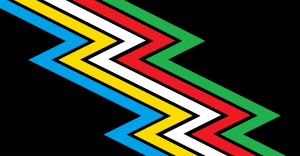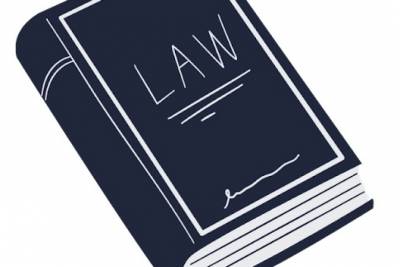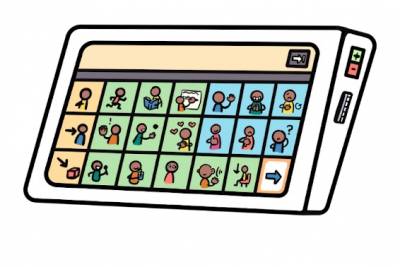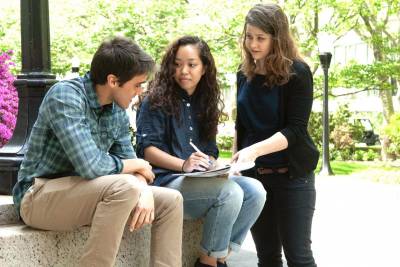How Lab Culture Influences Accessibility
According to a study conducted by the National Science Foundation in 2019, only 10% of employed scientists and engineers have disclosed having a disability, despite disabled and able-bodied undergraduates enrolling in STEM majors at nearly the same frequency. Justin Yerbury, a molecular biologist studying neurodegenerative disease, one of which he was also diagnosed with in 2016, shares that this number likely reflects the hesitancy of disabled scientists to disclose as well as the ableist nature of academia which actively pushes out disabled scholars (1). Academia is perhaps best known for believing itself to be a meritocracy and demanding hyper-productivity. These beliefs not only erase the oppression of disabled and otherwise marginalized scientists, they create a culture that is incongruent with their health and success (2).
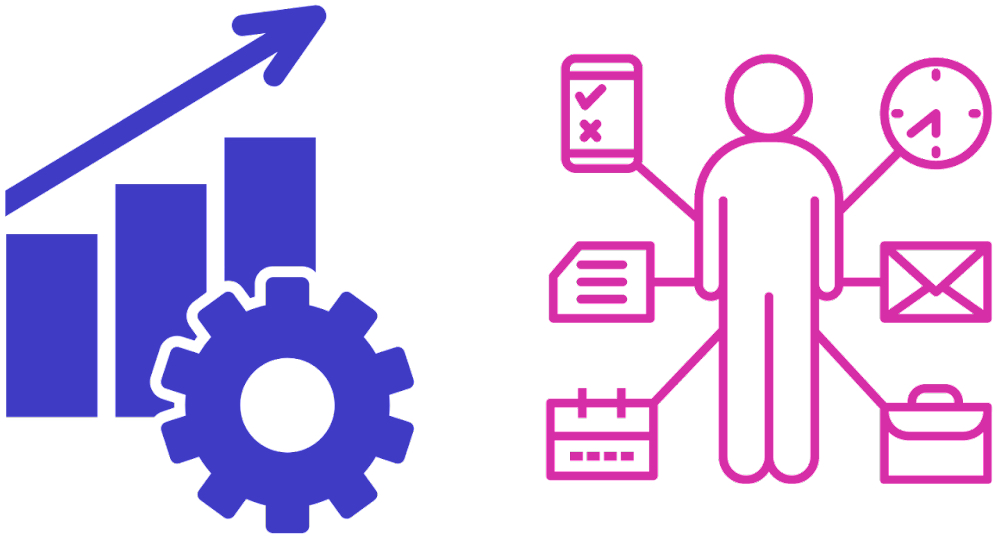
Academia demands hyper-productivity.
Creating an inclusive lab space can involve purchasing beakers with handles and clearing space around benches for a wheelchair user to maneuver. While these changes make the lab physically accessible, a shift in academic culture is needed to make a lab socially accessible to disabled scientists. No matter how disability friendly a lab space is, disbled scientists will be barred from academia if we continue to see disability as a deficit, a deviation from the norm, or something to shy away from.
We need to reframe our thinking to see disability and diversity as assets to our science and our society. Just as Dr. Yerbury’s experience with ALS brings valuable insight into his studies of neuronal biology, the unique ways disabled people think enhance all fields of science- just check out the incredible work being done by the disabled scientists featured in Nature Evolution and Ecology (3).
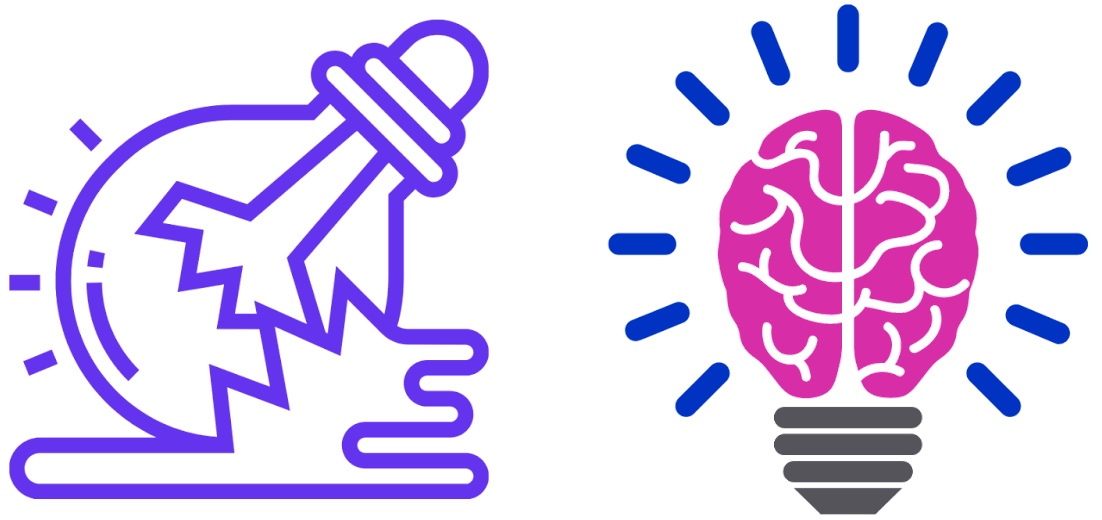
Disability is not a deficit, rather an asset that brings diverse ideas and experiences to science.
While we can’t change the whole of academia overnight, below are some simple ways to make your lab’s culture more accessible to disabled scientists. When in doubt, listen to disabled people- disabled scientists know what they need to do their best work.
- Hold check-ins around access needs- ask your mentees what they need to succeed and hold space for an honest conversation about accommodations (2).
- Provide accurate captions- if an event is online or pre-recorded be sure to include accurate captioning (4).
- Be clear but flexible with expectations- explain what you expect of your mentees and what they can expect from you. Disability and chronic illness are variable, what was easily accomplished last week may be nearly impossible during a flare-up. Similarly, medical appointments often can only be scheduled during the work day so mentees may need to step out (2).
- Hold space for reflection during meetings- by pausing after key concepts all students, disabled or otherwise, are able to collect their thoughts and ask any questions (5).
- Highlight the work of disabled scientists- showcasing the work of marginalized and disabled scientists not only shows marginalized students you value their experience, it facilitates much needed connections between junior and senior scientists with similar identities (4).
By having a minimum of access needs met, mentees often gain the confidence to self-advocate. Being cognizant of the difficulties disabled scientists face in the academy will allow us to build accessibility into the framework of our labs and the academic culture and not only retain disabled scientists but support them to thrive.
References
- Heidt A. “How STEM Can Be More Inclusive of Scientists with Disabilities” TheScientist. June 2021.
- Reinholz and Ridgway. “Access Needs: Centering Students and Disrupting Ableist Norms in STEM” CBE—Life Sciences Education. Fall 2021
- Caitlin Karniski. “Disability Pride Month at Communications Biology.” Nature Communications Biology. Jul 2021
- Peterson RJ. “We need to address ableism in science.” Mol Biol Cell. 2021
- Tauber D. “Advising Neurodiverse Thesis and Dissertation Students: Part 2 of 3” ScholarStudio Blog. Nov 2016

